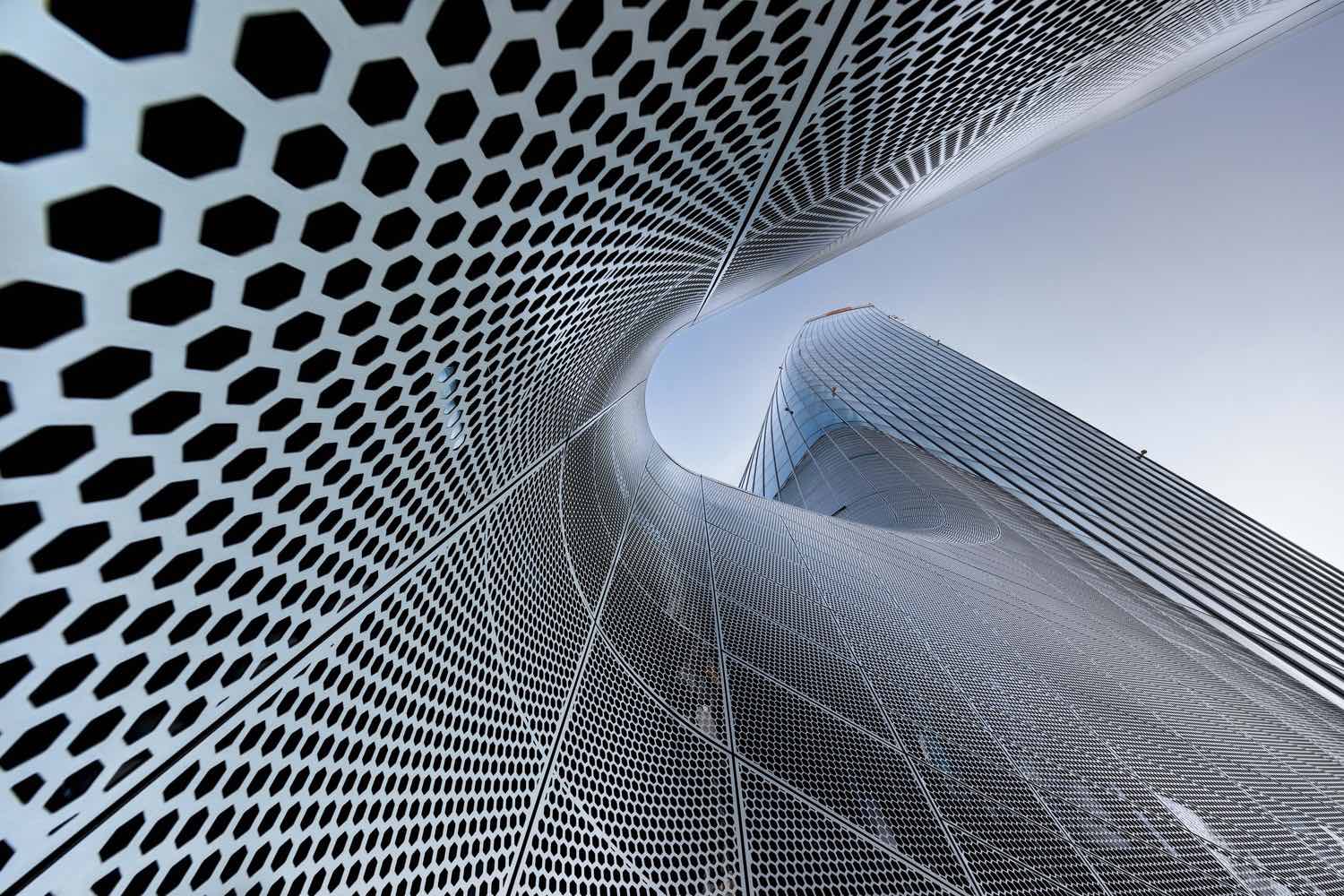Lighting stands as one of the most critical yet often underappreciated elements in casino design. Far more than mere illumination, strategic lighting design directly shapes player behavior, influences emotional responses, and fundamentally enhances the gaming experience. Modern casinos recognize that lighting is not simply functional but serves as a powerful psychological tool that can extend gaming duration, increase player engagement, and create memorable experiences that encourage guests to return.
Importance of Lighting in Casinos
How Lighting Affects Atmosphere
The initial impression a guest receives upon entering a casino is largely determined by lighting choices. Warm, inviting lighting creates a sense of comfort and relaxation, making guests feel at ease as they explore the gaming floor. Conversely, harsh or excessively bright lighting can create discomfort and an unwelcoming atmosphere.
Color temperature plays a crucial role in establishing the desired ambiance. Casinos strategically employ different color temperatures throughout their spaces to evoke specific emotional responses. Warm tones such as orange and yellow are deployed around slot machines and gaming areas to create a welcoming, energizing environment that draws players in. Meanwhile, cooler, bluish lighting can be used to engage players in different contexts, with designers mixing temperature variations to create a sense of urgency in high-stakes areas.
Dimmable lighting systems allow casinos to adjust ambiance throughout the day, transitioning from bright and lively during peak hours to softer tones in the evening, matching the natural shifts in guest mood and energy levels. This dynamic approach demonstrates that casino lighting is not static but evolves to match operational needs and guest preferences.
Impact on Player Behavior
The psychological effects of lighting on player behavior are well-documented and intentionally leveraged by casino designers. Research demonstrates that low ambient lighting provides significant calming effects, which helps keep players relaxed while simultaneously encouraging extended play sessions. This seemingly paradoxical effect—that dimmer lighting makes players feel safer and more willing to take risks—is a fundamental principle in casino design psychology.
Strategic placement of bright lighting in key areas directly influences player flow and engagement. Slot machines receive bright, vibrant lighting to attract players and create a sense of excitement. Gaming tables such as blackjack and poker benefit from more subdued, focused lighting that creates a calm, concentrated atmosphere conducive to strategic thinking. The direct, bright lighting on elements like roulette wheels highlights the action and makes the game itself appear more significant, making players feel more immersed in the experience.
Layered lighting techniques enhance this behavioral influence by creating a sense of depth and space within casinos. Spotlights on machines combined with overhead ambient lighting and accent lighting around walls and pillars direct attention strategically while using light and shadow to create the illusion of endless exploration, encouraging players to move through the space and discover new games.
Innovative Lighting Strategies
Types of Lighting Used
LED (Light Emitting Diode) lighting has revolutionized casino illumination, offering superior energy efficiency, longevity, and remarkable versatility. LEDs can be deployed for ambient, task, and accent lighting, providing casinos with comprehensive options for creating desired atmospheres. Additionally, LEDs generate significantly less heat compared to traditional lighting, making them ideal for high-traffic gaming areas where guest comfort is a priority.
Dynamic lighting effects represent another innovation reshaping casino environments. Color-changing LEDs and moving lights create a sense of excitement and energy, making the gaming experience more engaging and visually stimulating. These dynamic systems work in concert with more static ambient lighting to maintain interest and emotional engagement throughout the gaming floor.
Light-up displays create powerful surrounding ambience and even produce a hypnotic environment that enhances the urge to play, particularly around slot machines. These decorative yet functional lighting solutions blur the line between aesthetic enhancement and behavioral influence.
Layered Lighting Techniques
Sophisticated casinos employ multi-layered lighting approaches combining three distinct types of illumination working in harmony:
Ambient lighting provides the foundational atmosphere, typically using soft, indirect light that makes guests feel fancy and comfortable. This base layer establishes the overall mood throughout the casino.
Task lighting serves functional purposes, ensuring specific areas are properly illuminated for gameplay, security, and guest safety. For poker tables and gaming surfaces, task lighting ensures optimal visibility without creating harsh glare.
Accent lighting highlights architectural features, gaming machines, and areas of strategic importance. Spotlights, wall and pillar accent lighting, and focused task lighting on specific games create visual interest and direct guest attention toward high-revenue areas.
Conclusion
The strategic design of casino lighting represents a sophisticated intersection of art, psychology, and technology. Far from being a mere functional requirement, lighting directly influences player behavior, emotional states, and the duration of gaming engagement. By carefully controlling color temperature, intensity, placement, and type of illumination, casinos create environments where guests feel simultaneously relaxed and energized, comfortable yet excited.
The most successful casinos recognize that lighting is a primary tool for shaping guest experience and behavior. Through layered lighting techniques combining ambient, task, and accent lighting; through strategic use of color temperature; and through integration of innovative technologies like LEDs and smart lighting systems, modern casinos create compelling environments that enhance revenue while genuinely improving guest satisfaction. As casino design continues to evolve, lighting will remain central to creating spaces where guests lose track of time, feel engaged and secure, and return repeatedly to experience carefully engineered environments designed to optimize both enjoyment and play duration.




